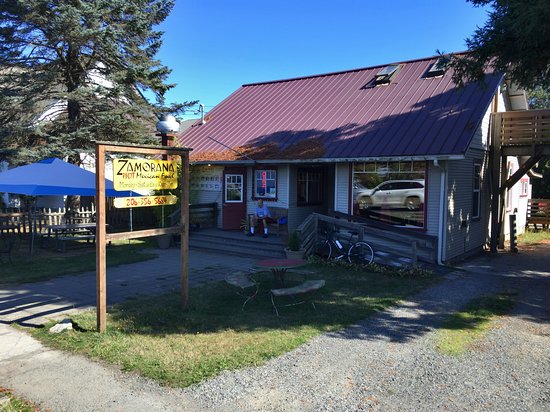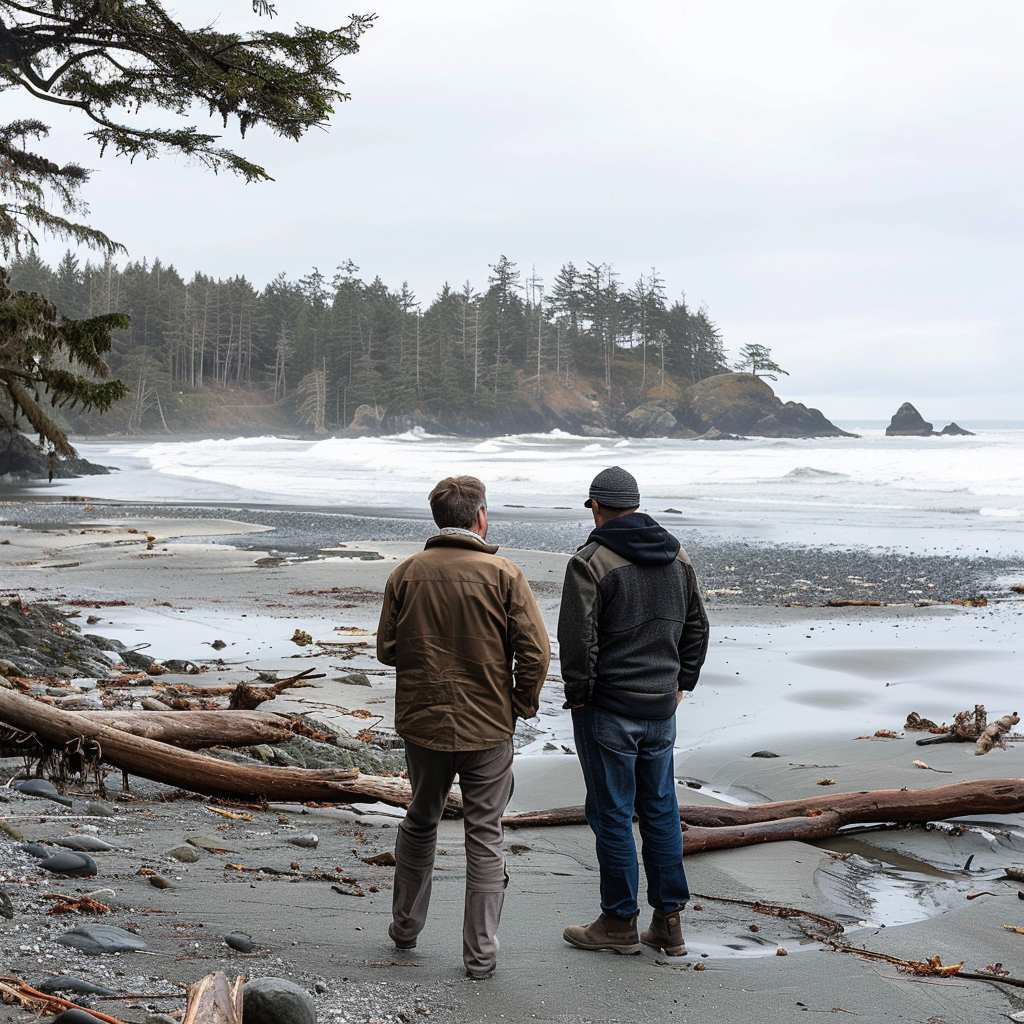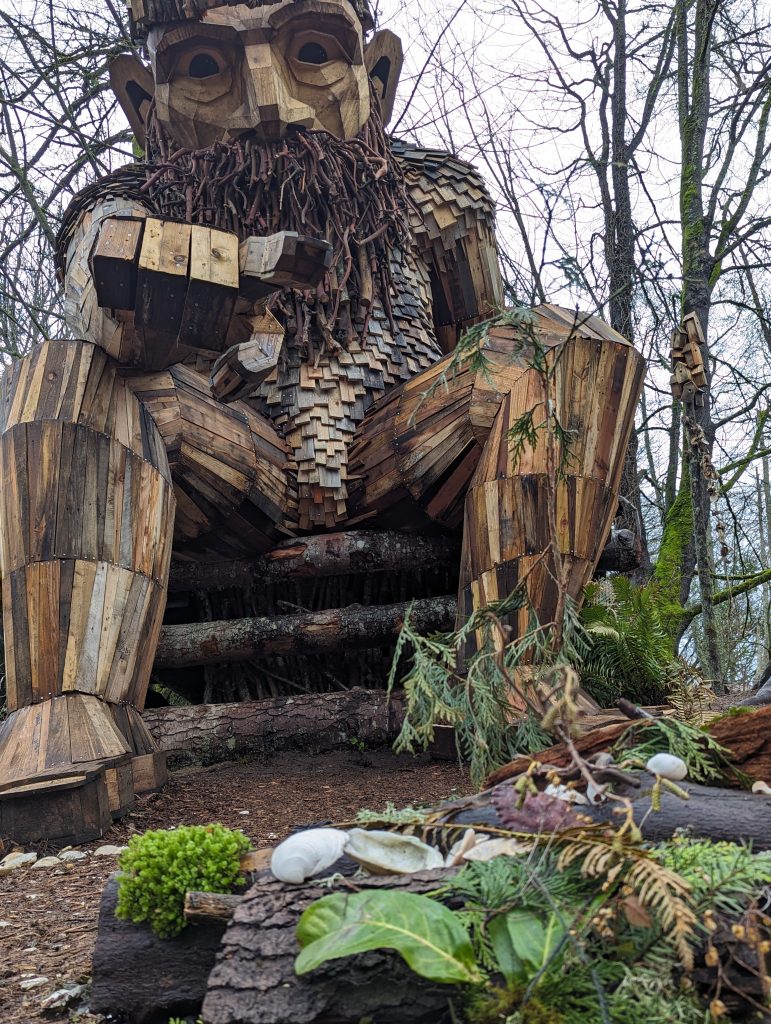Happy New Gardening Season. January has got to be one of the most exciting months for gardening. We get to look at seed catalogs, aka plant porn. Just like any porn, real plants don’t look at all like the airbrushed images in the cheaper catalogs. Real plants have rotten leaves and bug or duck-chewed holes. They flop or sprawl. Still, it’s nice to dream. It’s much easier to plant a garden in your imagination than to go outside and dig.
Once you’ve looked at all the perfect plants, it’s time to buy your seeds and face the first big challenge—so many plants, so little space, and even less time and energy. Beyond imagination and unrealistic expectations, we need to have some idea of what will actually grow in our climate. Vashon is climate zone 8b. The USDA defines horticultural Zones by maximum and minimum average temperatures. Some of us might try to push a sheltered area into zone 9, especially if you live near the beach. Even gardening on the top of the island, I’ve been able to get small cantaloupe to ripen. I got cantaloupe once out of the half dozen times I’ve tried, but that doesn’t mean someone else with more sun won’t have success. Remember, if you don’t have crop failures, you aren’t trying hard enough.
You know, January would be a good month for Vashon to have a blackberry root festival. We could have prizes for the biggest root system harvested by variety, the longest vine, or the most pounds of blackberry vegetation harvested. We could have booths selling yummy food made with blackberries; every blackberry pie we eat means fewer seeds will sprout somewhere they aren’t wanted.
Keep working on getting rid of the blackberries. The roots are easier to find when the other plants in the garden are dormant. I’d recommend goats or pigs for clearing blackberries, but they would compact the soil in your nice fluffy beds. They’re great for clearing fields and hillsides but not the garden beds.
Now that you know what you want to plant, check out the local seed racks. They may not have all the varieties the catalogs do, but they carry things that will grow in our climate. If you buy locally, you don’t have to pay for shipping or worry that your order will get lost in the mail.
The next big question is when to start the seeds. The answer is that you start the cold weather seeds—peas, sweet peas, cabbage, broccoli, snapdragons, kale, larkspur, and foxglove in the greenhouse on January 28. Don’t worry if you have an appointment that day. You can plant a few days earlier and anytime after, but that’s the day the winter depression hits me the hardest. I’m out of money and tired of the dark and cold, so I go to the greenhouse and plant. Other growers may have their own favorite first day of planting. Part of the decision of when to plant depends on your resources.
If you don’t have space for seedlings, you’ll want to hold off on planting seeds outside until March at the earliest. Some insist peas can be planted outside on President’s Day, but mine rot when planted that early. Wait a few more weeks. Warm weather crops can wait until after April 15 on Vashon. These dates may be early for your microclimate. I confess I kill more stuff in the garden than I actually get to grow.
Okay, if you can’t plant outside until March at the earliest, why order seeds in January? This is a good question, and it took me years to learn the answer. We order early because the plant fanatics order even earlier. The most exciting, reliable, new variety may be sold out by mid-January. Even some old standard varieties developed for our maritime climate can sell out early. I’ve searched everywhere for things as common as Kentucky Blue green beans because the big growers and connoisseurs buy early. Some favorite varieties may even be missing from the local seed racks.
January is a good time to consider expanding your garden with more beds. Why waste space growing grass when you can grow pretty things or edible plants? Take a walk around your yard looking for wasted space or, worse, junk piles. These spaces can become attractive, productive garden beds or outdoor rooms. All it takes is a little sweat and a lot of money for materials.
If you don’t have a lot of money, try building a lasagne bed. First, put down a layer of cardboard in the desired area, then add a layer of woody stuff. This is a good place to put your pruning. If you have a chipper or can rent one, the chips are the most perfect things you can add. Empty all those pots full of dead plants and dirt on the pile. Animal litter makes a valuable layer or two. Any dirt will do. You can continue to add alternate layers of vegetable material, litter, and dirt until the pile is about ten inches deep or as deep as you have material for; the deeper, the better.
Now is the time to look at garden design books and dream about how your garden can look. Mine never looks like I imagine, but dreaming of beautiful gardens is part of the joy of gardening. January is the month to start dreaming.





